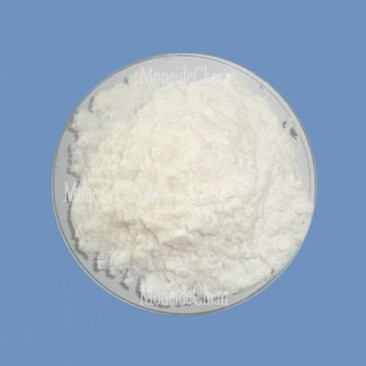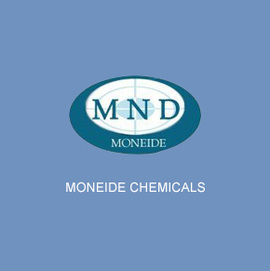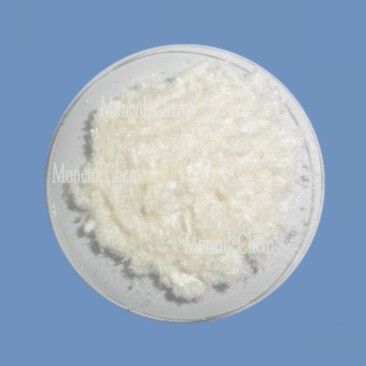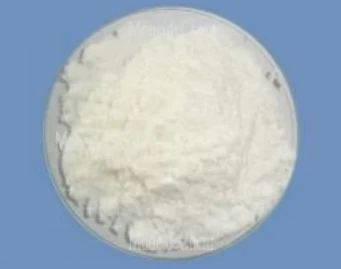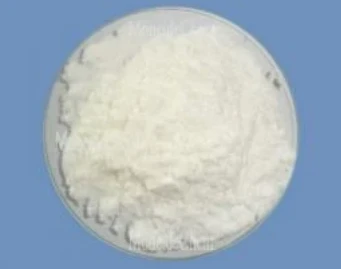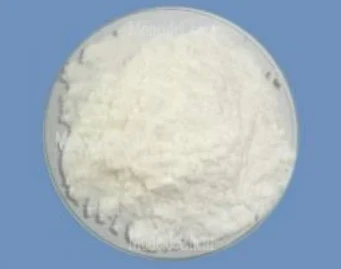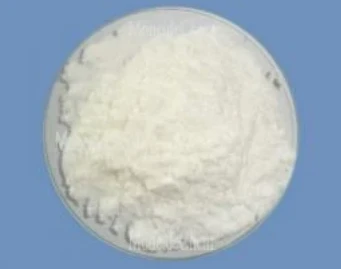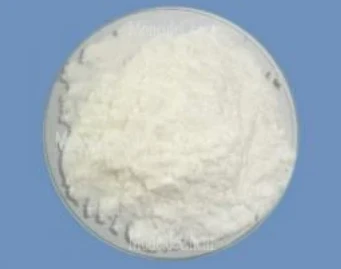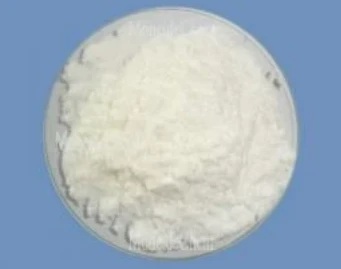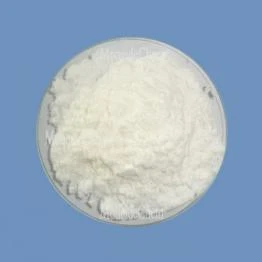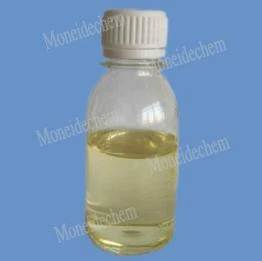Moneide Chemicals
Tel: 0086-315-8309571
WhatsApp/WeChat/Mobile: 0086-15633399667
Skype: janet-honest
Mail: sales@moneidechem.com
Address: 2-7-523 Jidong Building Materials Commercial Center, Tangshan, Hebei 064000 China
Phenolphthalein Structure Detailed Information, CAS Number & Properties for Laboratory Use
- Time of issue:Tem . 06, 2025 08:50
(Summary description)Tangshan Moneide Trading Co., Ltd. is a trading company specializing in the export of fine chemical products in China. Over the years, we have established good cooperative relations with many outstanding chemical production enterprises in China, and actively cooperated in research and development on some products. Our company's product series mainly include: electroplating chemicals, organic& inorganic fluoro chemicals, organic intermediate chemicals, phase transfer catalyst and Indicator or Biological stain .
- Categories:Company dynamic
- Author:
- Origin:
- Time of issue:2019-12-30 10:55
- Views:
(struktur phenolphthalein)
Known for its diagnostic utility and critical function in analytical chemistry, the struktur phenolphthalein molecule stands as a key indicator in acid-base titrations and a building block across various industries. Its widespread adoption is attributable to its unique colorimetric transformation under different pH conditions, making it indispensable in laboratory and industrial contexts. As a triarylmethane dye, its in-depth research history and ongoing innovation continue to fuel advancements in the fields of chemical manufacturing, pharmaceuticals, and quality control.
This blog post explores the detailed characteristics, data-driven manufacturer comparisons, regulatory metrics like cas number phenolphthalein, and deep dives into technical advantages. Additionally, tailored formulations and real-world case applications are highlighted to showcase the modern relevance of phenolphthalein derivatives.
Structurally, phenolphthalein features a triaryl methane base, which imparts both versatility and reactive potential. The molecular formula is C20H14O4, and its molar mass is 318.33 g/mol. Renowned for its chromatic transition in response to pH—which ranges from colorless in acidic environments to a vivid pink between pH 8.2 and 10.0—this property makes it a prime candidate for titration endpoints. Its melting point, 258–263 °C, and limited water solubility further define its application context.
Safety, purity, and stability profile are rigorously monitored, especially for high-purity phenolphthalein intended for pharmaceutical or analytical use. Modern production techniques yield impurity levels below 0.05%, and batch-to-batch consistency is ensured through tightly regulated QA/QC processes.
The Chemical Abstracts Service (CAS) assigns unique identifiers to chemical substances. For phenolphthalein, the CAS number is 77-09-8, a crucial reference in research, procurement, and regulatory compliance globally. This number grants traceability across supply chains and ensures harmonization in safety standards, import/export documentation, and industry certifications.
Regulatory agencies across the EU, US, and Asia require the precise declaration of the phenolphthalein cas no on technical datasheets, Safety Data Sheets (SDS), and international shipping documents. This transparency streamlines cross-border trade and helps prevent mishandling or misidentification of hazardous substances, meeting REACH, TSCA, and other guidelines.
Numerous manufacturers worldwide produce phenolphthalein, offering differing product purities, packaging formats, and technical support services. A data-driven analysis reveals critical distinctions in quality assurance, lead times, and regional availability. Below is a comparative table detailing leading suppliers, average purity levels, annual output, and key certifications.
As the table demonstrates, top-tier manufacturers couple high purity with regulatory credentials and reliability. Selecting a supplier requires balancing desired grade, logistical capabilities, and compliance needs. Custom contracts and technical support may further differentiate supplier offerings.
Advances in synthesis and purification have repositioned phenolphthalein as a highly specialized product. Modern chromatographic and crystallization techniques support the production of analytical, pharmaceutical, and industrial grades tailored for niche applications. Research-backed process optimizations have reduced residual impurity levels, enhancing the consistency, efficacy, and environmental footprint of resulting compounds.
Manufacturers now offer custom formulation services, enabling modification of physical form (powder vs. granule), buffer compatibility, and moisture content. Value-added services may include bulk packaging, bespoke molecular modifications, and on-demand production for integration into diagnostic kits or advanced research protocols. Continuous investment in R&D allows top suppliers to offer solutions for emerging markets such as environmental monitoring sensors and bioanalytical test kits.
Phenolphthalein's primary application remains as a pH indicator, where its clear color transition enables accurate titration analysis in laboratories worldwide. Recent years have seen its deployment grow in pharmaceutical research, environmental science, polymer chemistry, and forensic investigation.
These real-world applications underscore phenolphthalein's crucial role across scientific, environmental, and industrial disciplines.
In summary, struktur phenolphthalein persists as a cornerstone molecule, recognized by its standardized cas number phenolphthalein and utilized in a wide spectrum of high-precision and industrial settings. Its unrivaled stability, interpretive clarity, and customizable formats enable consistent advances in laboratory, environmental, and quality control systems worldwide. As global industry standards evolve, the value of proven, high-quality phenolphthalein solutions—backed by robust supplier competition and technological innovation—will only continue to grow.
(struktur phenolphthalein) A: The struktur phenolphthalein refers to the chemical structure of phenolphthalein, which is a triphenylmethane derivative. Its molecular formula is C20H14O4. A: The CAS number for phenolphthalein is 77-09-8. This unique identifier is used internationally for chemical substances. A: The structure of phenolphthalein allows it to change color in different pH environments. This unique structure is crucial for its behavior as a pH indicator. A: Phenolphthalein's CAS No., 77-09-8, can be found in scientific literature and chemical databases. It ensures precise identification in chemical documentation. A: Its structure determines both its color-changing properties and its applications in titration. This makes it a valuable indicator in analytical chemistry.
and its significance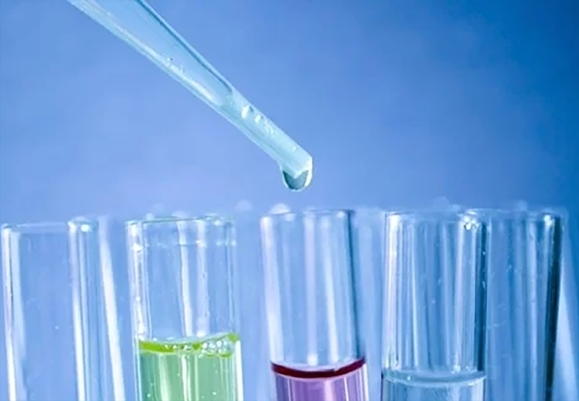
Introduction: The Importance of Struktur Phenolphthalein
Chemical and Physical Properties Overview
Understanding CAS Numbers: cas number phenolphthalein, phenolphthalein cas no
Comparative Analysis of Global Manufacturers
Supplier
Region
Phenolphthalein Purity (%)
Annual Output (MT)
Lead Time (days)
Certifications
Acme Chemicals
USA
99.90
1,200
10
ISO 9001, GMP
BIOAdd Pharma
Germany
99.95
800
14
ISO 9001, REACH
Xinsheng Chemical
China
99.85
2,300
18
ISO 9001, SGS
ChemiPharm Ltd.
India
99.80
1,850
12
ISO 9001, FSSC 22000
Technological Strengths and Custom Formulation Options
Practical Applications and Pivotal Case Studies
Conclusion: The Enduring Value of Struktur Phenolphthalein
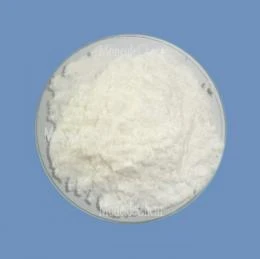
FAQS on struktur phenolphthalein
Q: What is the Struktur Phenolphthalein?
Q: What is the CAS number of phenolphthalein?
Q: How does the struktur phenolphthalein relate to its indicator properties?
Q: Where can I find phenolphthalein CAS No. information?
Q: Why is the struktur phenolphthalein important in chemistry?









